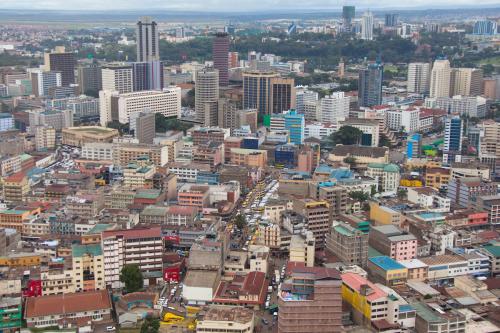Executive Summary:
After years of fiscal volatility, Washington, D.C. is financially stable. New population estimates suggest that the city has gained residents since the official Census 2000 count, following decades of population decline. This study reviews socio-demographic and economic changes among the District’s population since 2000 and examines population movement in and out of D.C. Using a number of data sources, this report reveals that:
- In 2006, the District remained a majority-black city although that majority has decreased since 2000. Immigration and domestic migration have likely contributed to changes in the city’s racial and ethnic composition. More than half of those moving into the District between 2005 and 2006 were non-Hispanic whites while a slight majority of those moving out were people of color.
- From 2000 to 2004, the District experienced the largest real increase in median adjusted gross income compared to nearby jurisdictions in the region. However economic disparities between the city and its neighbors persisted. In 2004, the city had a higher proportion of low- and lower- middle income households than its counterparts.
- An analysis of tax returns suggests that interest in District living was renewed by the 2000s. In the mid 1990s, the District lost taxpaying households through migration, but the gap between the number of households moving in and out each year narrowed over time, mostly due to an increase in in-migrant households. On average, households moving into D.C. were smaller than those moving out, suggesting that the city is attracting more singles or childless couples than families with children.
- From 2000 to 2004, 55 percent of the city’s newcomers came from places outside of the Washington metropolitan area. By contrast, only 40 percent of individuals moving out of the District left the region while the other 60 percent settled in the Washington area’s suburbs or inner core. Of all the counties in the metro area, Prince George’s captured the largest share of the District’s out-movers followed by Montgomery.
- Migration between the District and its surrounding counties echoed the division between the prosperous western side of the region and the less affluent eastern side. Washington’s relatively large migration flows with Prince George’s County differed from its smaller migration flows with other bordering jurisdictions as households moving between the District and Prince George’s were, on average, bigger and had lower median adjusted gross incomes. Census 2000 data indicate that migration flows also reflect the region’s racial divide as individuals moving between the District and Prince George’s County from 1995 to 2000 were more likely to be black than those moving between D.C. and other bordering jurisdictions.

